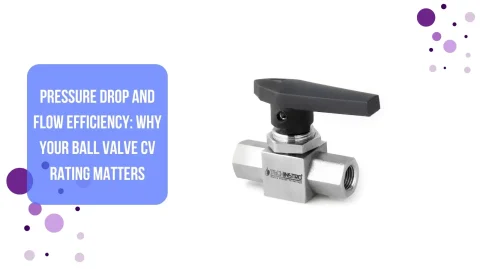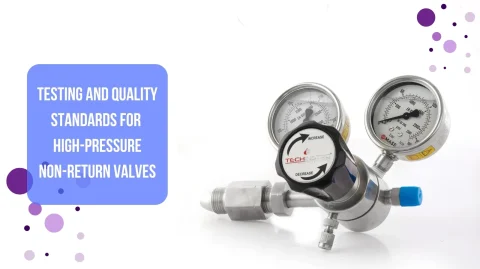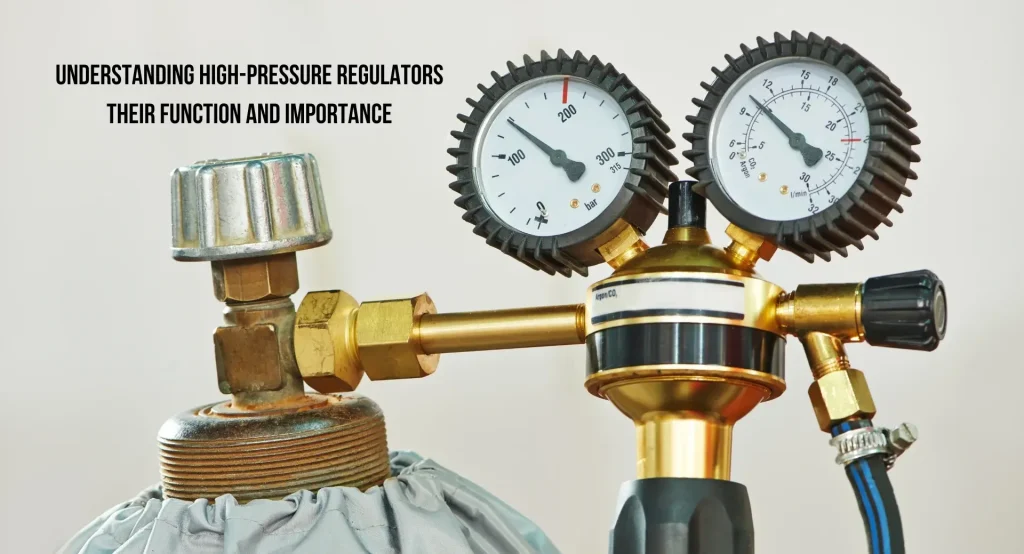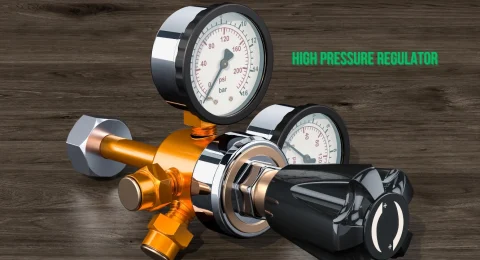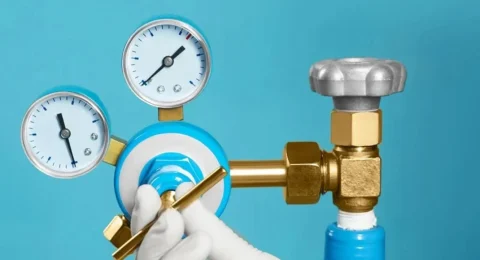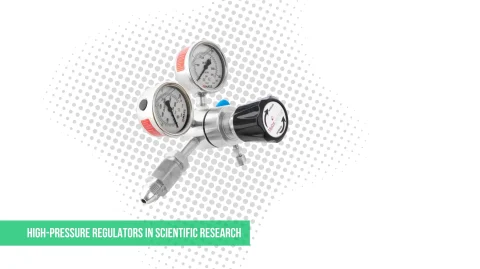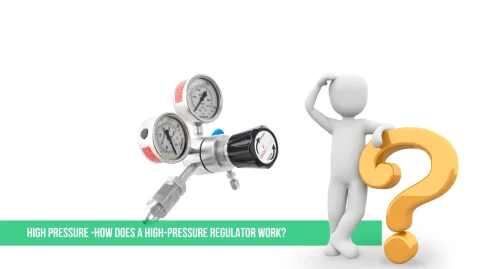High-pressure regulators are essential tools in many industries and research fields. They help control and maintain the pressure of gases or liquids from high-pressure sources like gas cylinders, compressors, or pipelines. These devices ensure safety and efficiency in various applications by regulating the pressure.
What is a High-Pressure Regulator?
A high-pressure regulator is a device that reduces the pressure of gases or liquids from a high level to a more manageable or desired level. It ensures that the output pressure remains stable, even if the input pressure fluctuates. This is important for sensitive equipment or processes that require precise pressure control.
Key Components of a High-Pressure Regulator
- Inlet Connection: Where the high-pressure gas or liquid enters the regulator.
- Outlet Connection: Where the regulated pressure exits the device.
- Pressure Adjustment Knob: Allows users to set the desired pressure level.
- Diaphragm and Valve Mechanism: These components work together to control and maintain the output pressure.
- Pressure Gauges: Displays the input and output pressures for easy monitoring.
How Does It Work?
The regulator reduces pressure in two main steps:
- High to Medium Pressure Reduction: The gas or liquid passes through a valve with reduced pressure.
- Fine Adjustment: The diaphragm adjusts to ensure the output pressure remains constant at the set level, even if the input pressure changes.
Buy High Pressure Regulators
Applications of High-Pressure Regulators
High-pressure regulators are widely used across industries. Some typical applications include:
- Welding and Cutting: To control the flow of gases like oxygen and acetylene.
- Laboratories: For precise delivery of gases in experiments and research.
- Medical Equipment: In oxygen supply systems for patients.
- Oil and Gas Industry: To regulate pressure in pipelines and drilling operations.
- Food and Beverage: For carbonating beverages or pressurized packaging.
Benefits of Using High-Pressure Regulators
- Safety: Prevents accidents caused by sudden pressure surges.
- Precision: Ensures consistent delivery of gases or liquids at the required pressure.
- Efficiency: Reduces waste by making the use of gases or liquids.
- Durability: Designed to withstand high pressures, making them reliable for long-term use.
Factors to Consider When Choosing a High-Pressure Regulator
- Maximum Input Pressure: Ensure the regulator can handle the pressure from your source.
- Output Pressure Range: Check if the regulator provides the desired pressure level.
- Material Compatibility: Ensure the regulator material is suitable for the gas or liquid used.
- Flow Rate: Select a regulator that meets the required flow rate for your application.
Conclusion
High-pressure regulators are indispensable for controlling and maintaining pressure in various systems. They enhance safety, improve precision, and ensure smooth operations across industries. These devices make high-pressure applications manageable and safe, whether in a laboratory, factory, or medical facility.
By understanding their function and selecting the proper regulator for your needs, you can maximize efficiency and safety in your processes.
